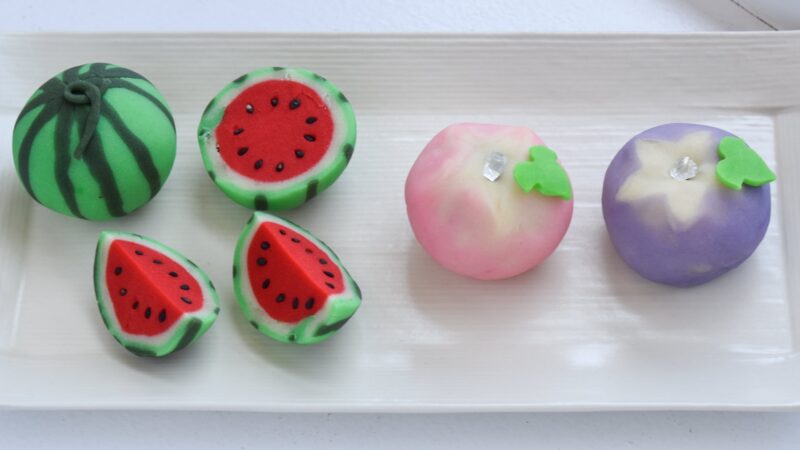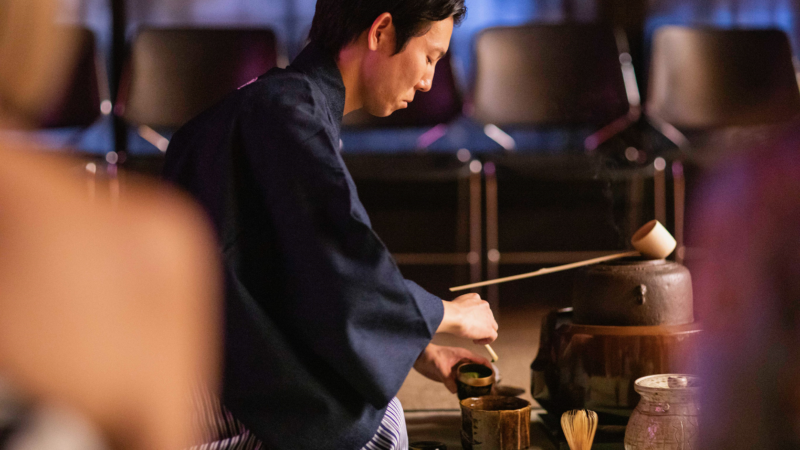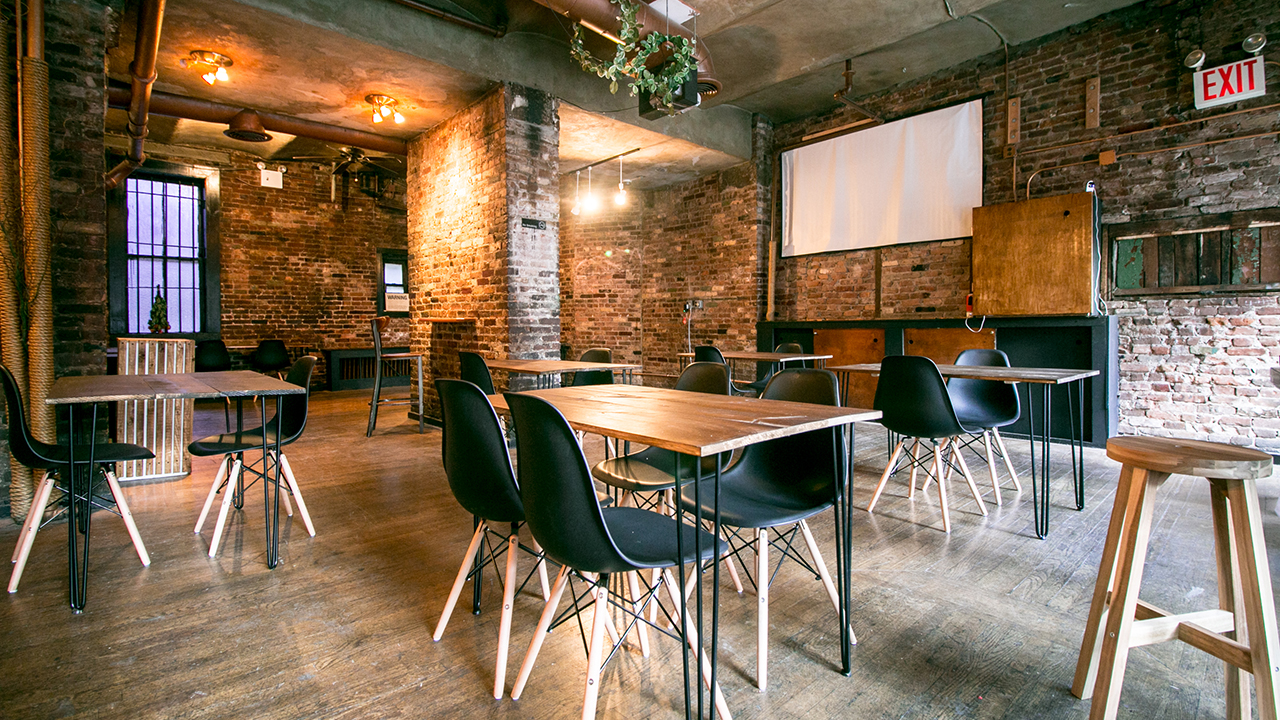July 29, 2014 ◆ Shuntaro Kondo
Teaism is not just part of Japanese culture, but also an advocate for good health.
Last time, I established that the basic meaning of practicing Teaism is to drink tea (matcha) and enjoy it.
Nonetheless, drinking matcha is thought to be a very difficult thing. Of course, it is very hard to make matcha formally. However, making it is quite simple; just put matcha powder into a bowl, add hot water, and stir the tea with a tea whisk (called chasen 茶筅). So when you think about it, there’s really nothing to it.

You make black tea and coffee by dripping, don’t you? Making matcha is just as easy. However, most importantly, a tea whisk is essential for making matcha. Please only prepare matcha using this tool.
I was once challenged to make matcha with a handy food processor and an egg whisk instead of a tea whisk. It was very difficult to achieve the right taste. A proper matcha tea whisk is made of finely split bamboo. It makes use of the bamboo’s flexibility to make creamy bubbles. So, to make delicious matcha it seems there is no alternative tool that would replace the bamboo tea whisk.
I went off on a tangent there… Let’s return to the true simplicity in making matcha.
Considering the directions stated earlier, you still think it is hard to make matcha, don’t you? To prove that drinking matcha is not hard, I will say now that I’ve been drinking matcha every morning without fail for four years. No problems!
I’ve uploaded tea bowlpictures from time to time on Facebook because I like to show my own tea bowl collection. As time went by, my friends became very interested in seeing the next photo release when I didn’t upload our last photo session in a timely manner; they would ask “Don’t you have today’s pics? Are you sick?”.



Traditional Japanese cuisine (called washoku 和食) was added to UNESCO’s Intangible Cultural Heritage list last year. Japanese food culture is attracting more global attention than ever before. Traditional Japanese cuisine is understood as being very healthy (i.e. sushi and sashimi).
Teaism also attracts attention as being the practice that represents part of Japan’s culture. It is yet another extension to healthy traditional Japanese cuisine. In fact, I haven’t caught a cold since I began drinking matcha. After I mentioned this to one of my Australian friends, he also started drinking matcha every day. After he started that routine, he said his physical health improved.
Notably, the Shizuoka prefecture (a prefecture which consumes the most green tea in Japan), is the area notable for the longevity of its’ resident’s lives. The people appear to live longer here compared to the rest of the Japanese population. In addition, one of Japan’s famous professors published a treatise arguing that the risk of death decreases by drinking green tea regularly.
Hence it is with confidence that I say that Teaism attracts attention as part of Japanese culture, a culture within itself, as well as for its attributes in improving both body and mental health.
Why not start including matcha in your daily diet today?




